Wavy, distorted lines – like those that brandished television screens in 1970’s science fiction movies, alerting viewers to hallucinatory flashback scenes – should prelude every visit to Dennis Severs’ House. Tucked neatly within a row of almost identical Georgian townhouses, the house at number 18 Folgate St is an immersive journey back in time, and the structure’s elaborate interior is a world away from its enveloping neighbours. The architecture’s simple, handsome red-brick façade cleverly conceals the fantastical world that lies within, created over twenty years by the building’s former custodian, eccentric American artist Dennis Severs.
‘I will get the 21st century out of your eyes and ears. With every age we visit, we will be governed by a spirit.’
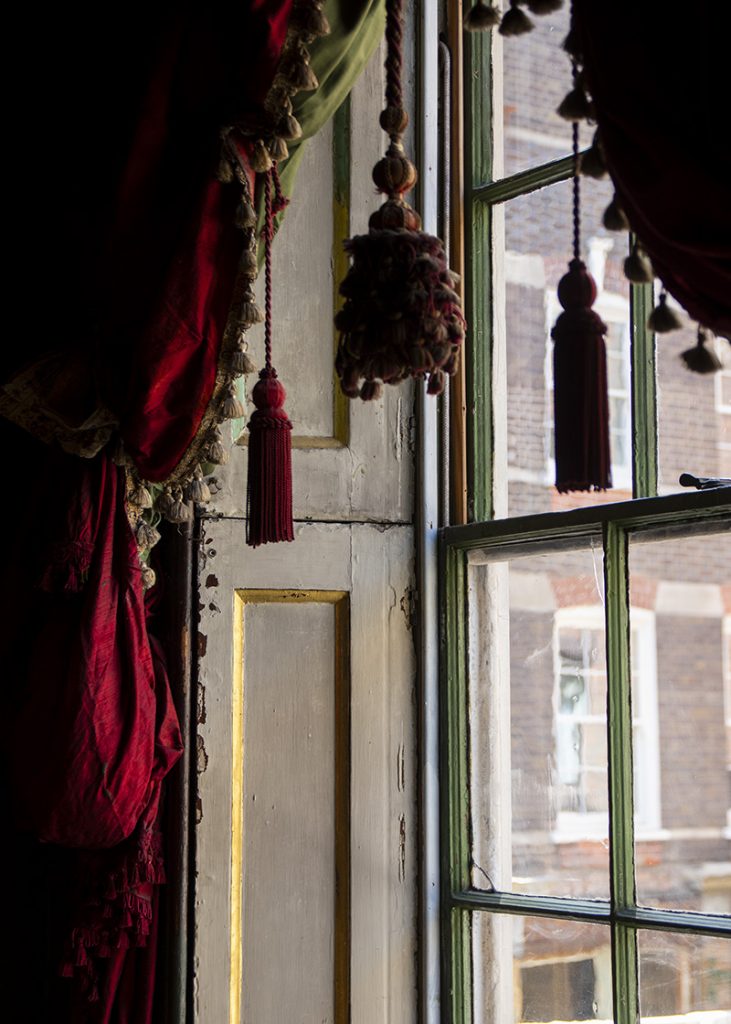
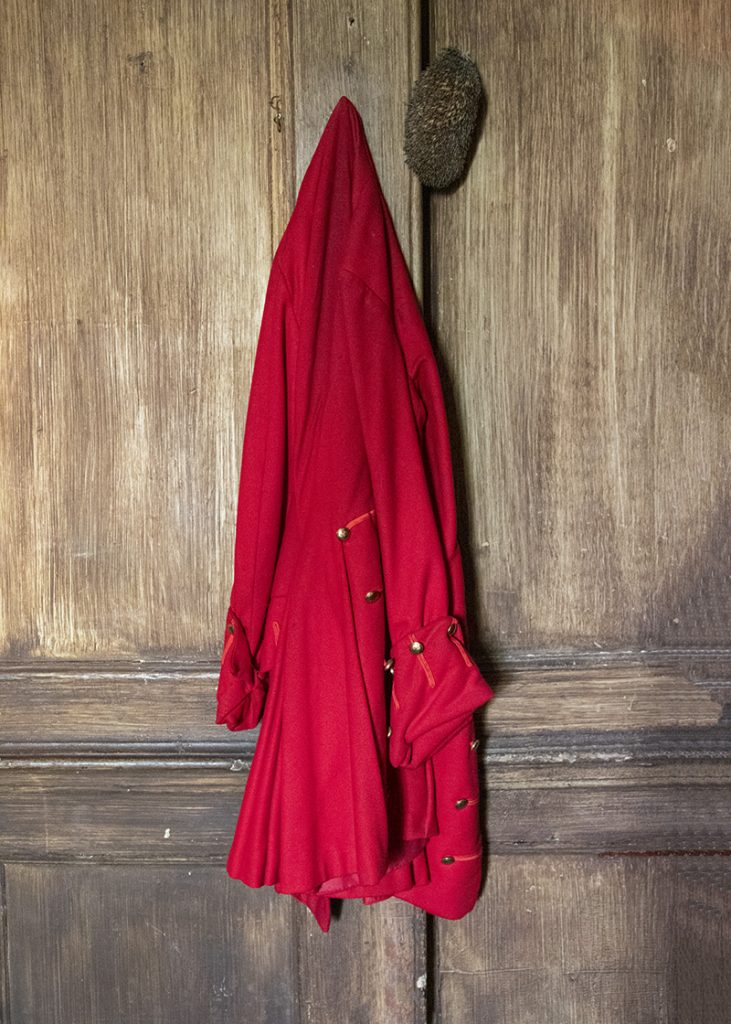
An avid admirer of period productions and historical dramas, Dennis Severs moved from his native California to London in the late 1960’s, mere days after graduating from high school. Severs’ arrival in the UK capital during the “swinging sixties” coincided with an era of great upheaval in British history; it was a time when the conservative gloom of post-war Britain was rapidly transforming into a bright and shining epicentre of style and individual freedoms. For a youth on the verge of adulthood, the city must have felt like a cultural layer-cake, where fresh and invigorating ideas co-existed with centuries of history and tradition. For Dennis, his admiration for the city of London was simply “love at first sight”.
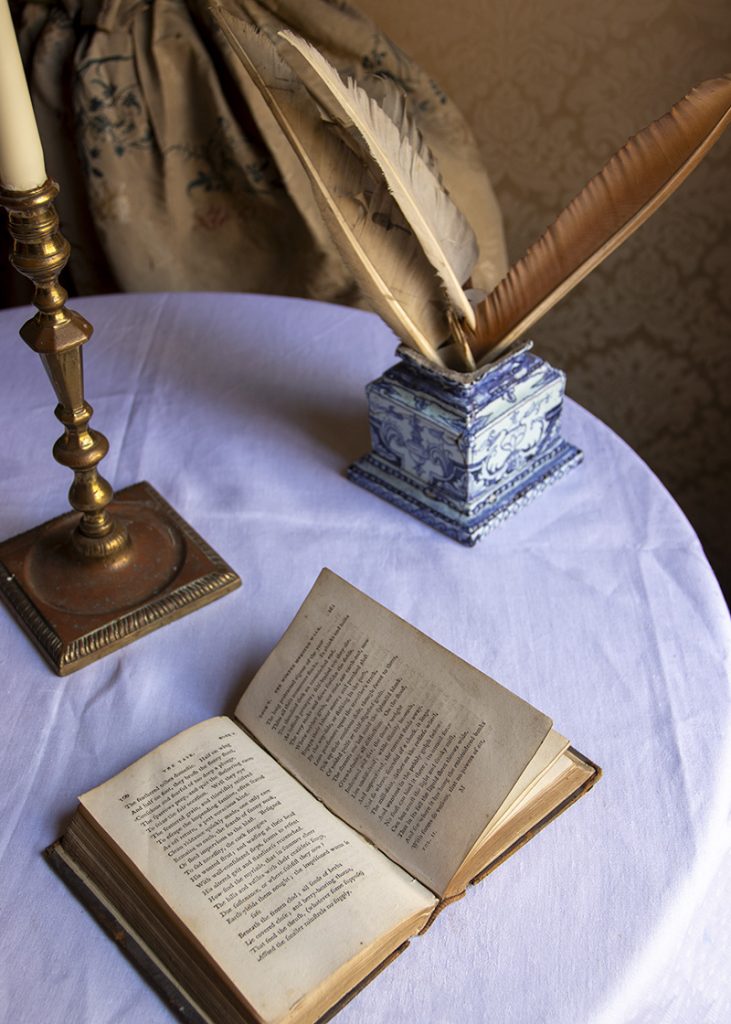
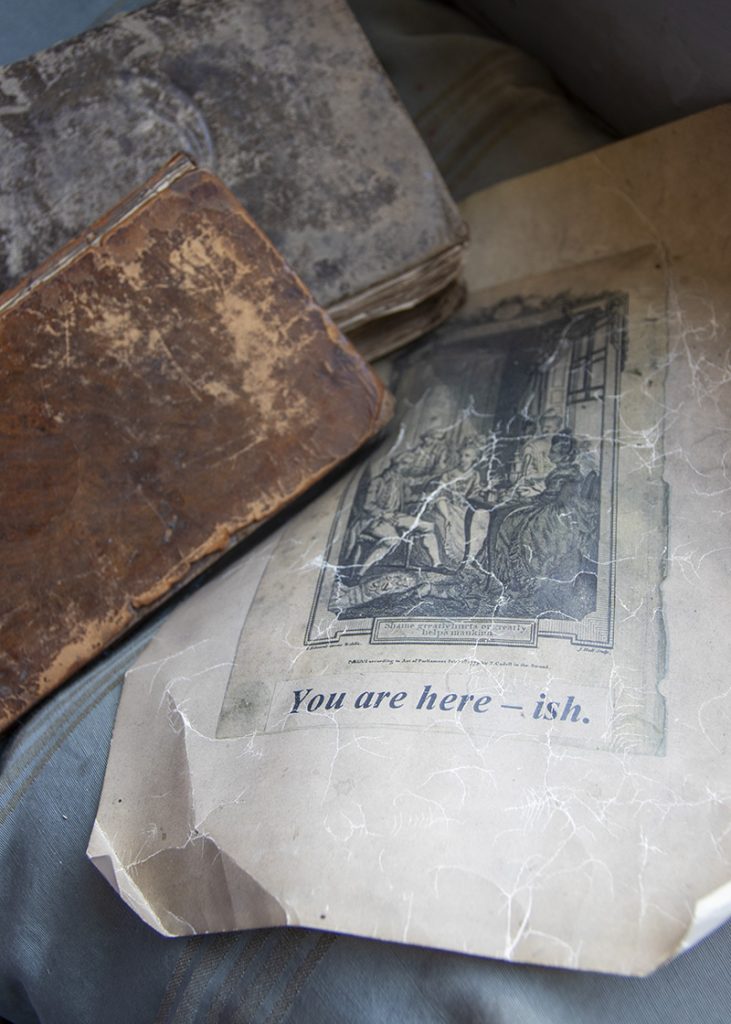
Built in 1724, the house has stood for almost 300 years, and had witnessed numerous incarnations before Dennis purchased the property in 1979, with only a candlestick, a chamber pot, and a bedroll as his accompaniments. The townhouse, with its typical Georgian architecture of exacting symmetry and proportions, was rescued, along with other, similar buildings in the area, by the Spitafields Trust, a building preservation trust which campaigns for the historic environment. Spared from demolition, Dennis spent every waking hour reconfiguring the house from a dilapidated shell, slowly transforming the space, over the remainder of his lifetime, into a living, breathing tangible work of art.
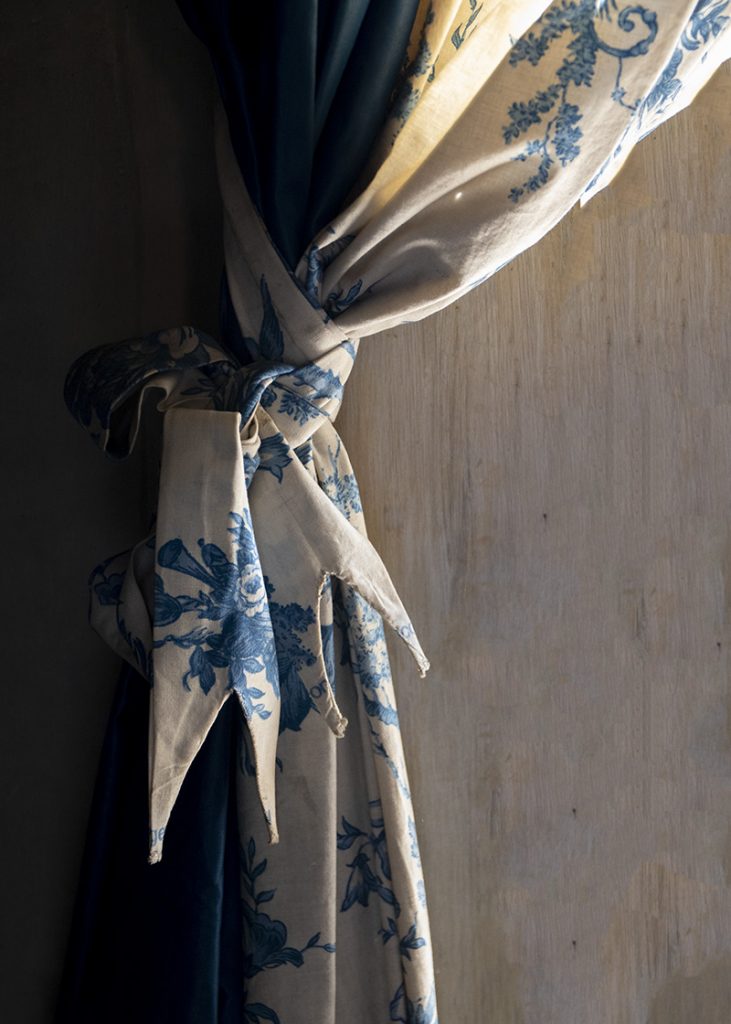
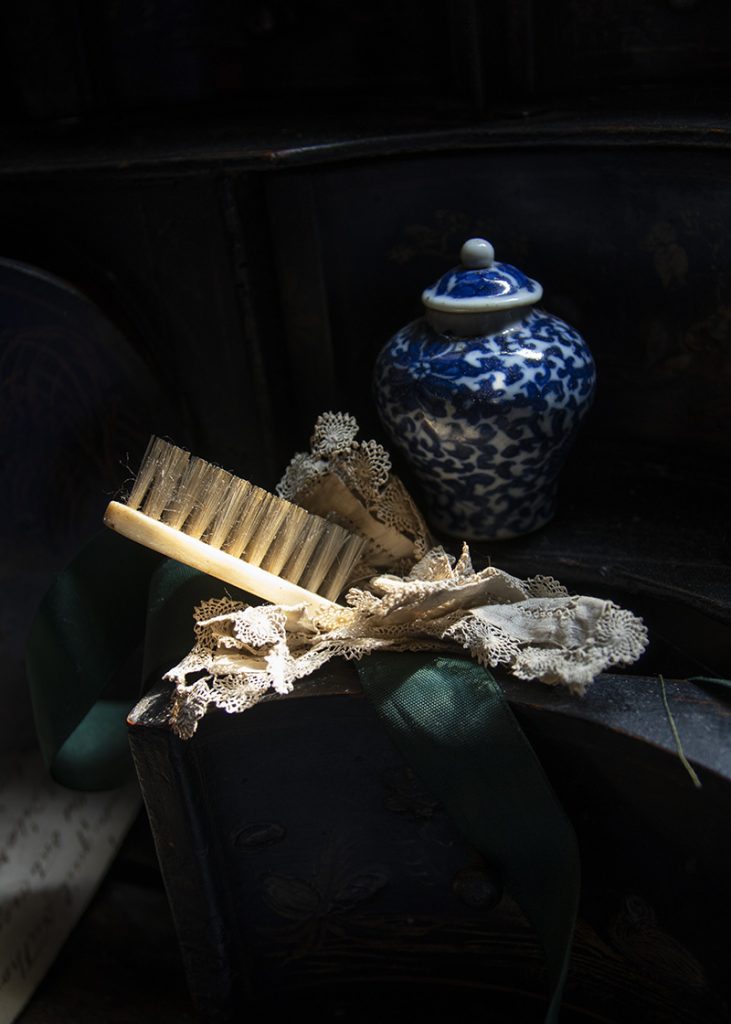
Stepping over the threshold and into the entryway of the house, I am thrust back into another world. Rather unlike any of the historical houses I have visited during my time in England, whose interiors are preserved in pristine form, like specimens frozen in time; this is a space that forces your imagination into overdrive, and within the seemingly invariable little clusters of objects and scatterings of daily life there is a sense of movement and evolution. Nothing seems static here – or at least, one imagines, not for long.
‘Once I get you in there, I am going to bombard all of your senses until I create in your mind a picture or an impression – like a memory – which you can take away within you.’
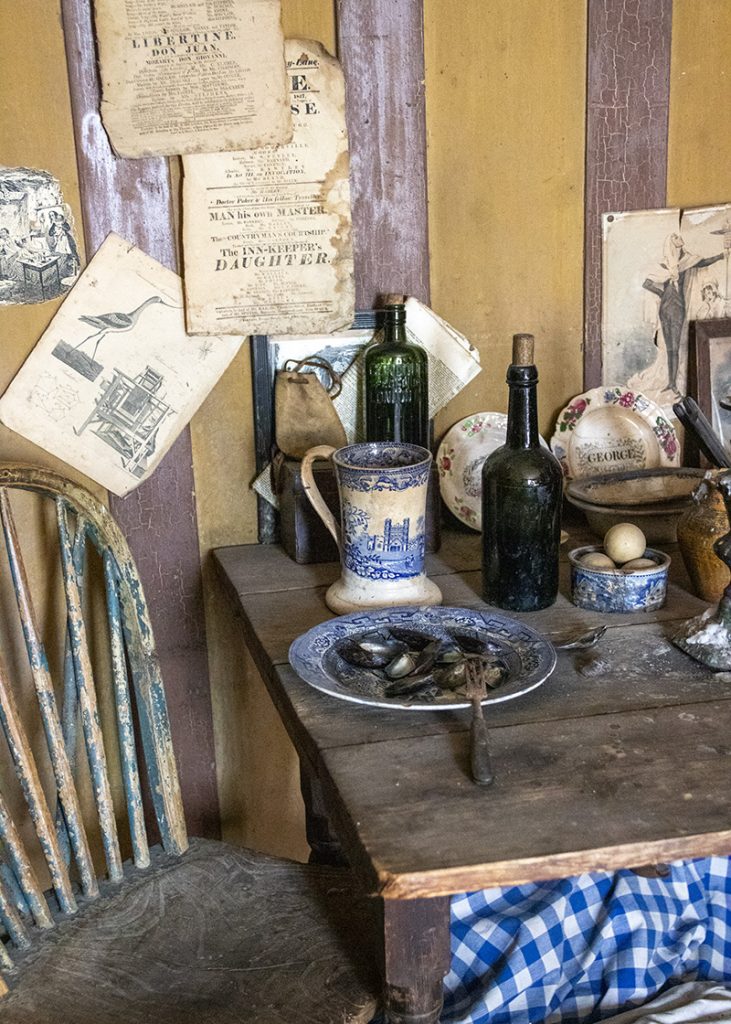

Dennis wanted to create a story that hovers between worlds. Drawing on his love of historical British television dramas, he began to reshape the interiors of the house to tell the story of an imaginary family who lived and worked in the home over the early 18th and 19th centuries, chronicling their lives and the changing fortunes of the house. Woven into the stories of 18 Folgate St is the history of the Huguenot silk-weavers (French Protestants, the majority of whom were religious refugees in England) that flourished in the community during that same time.


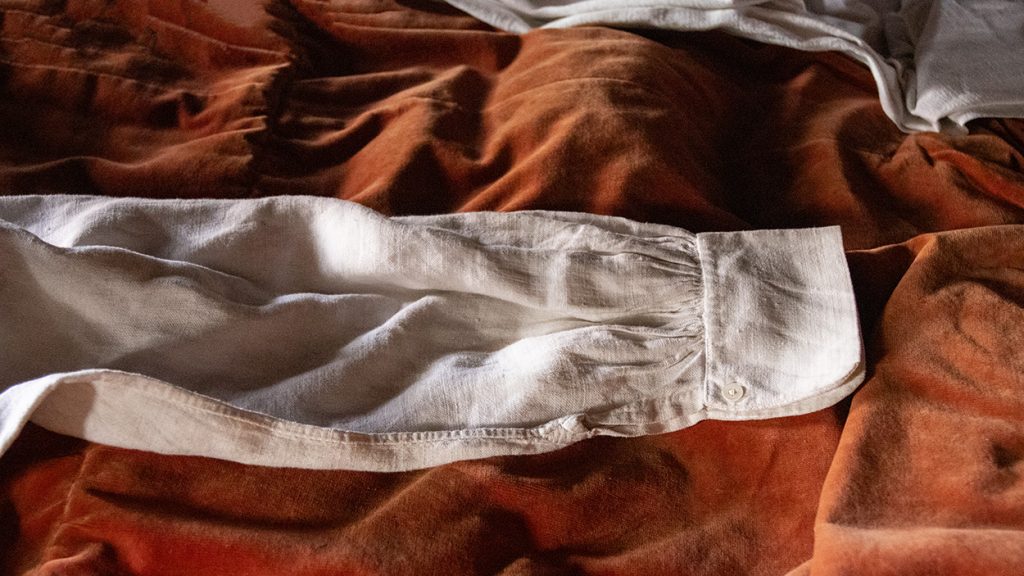
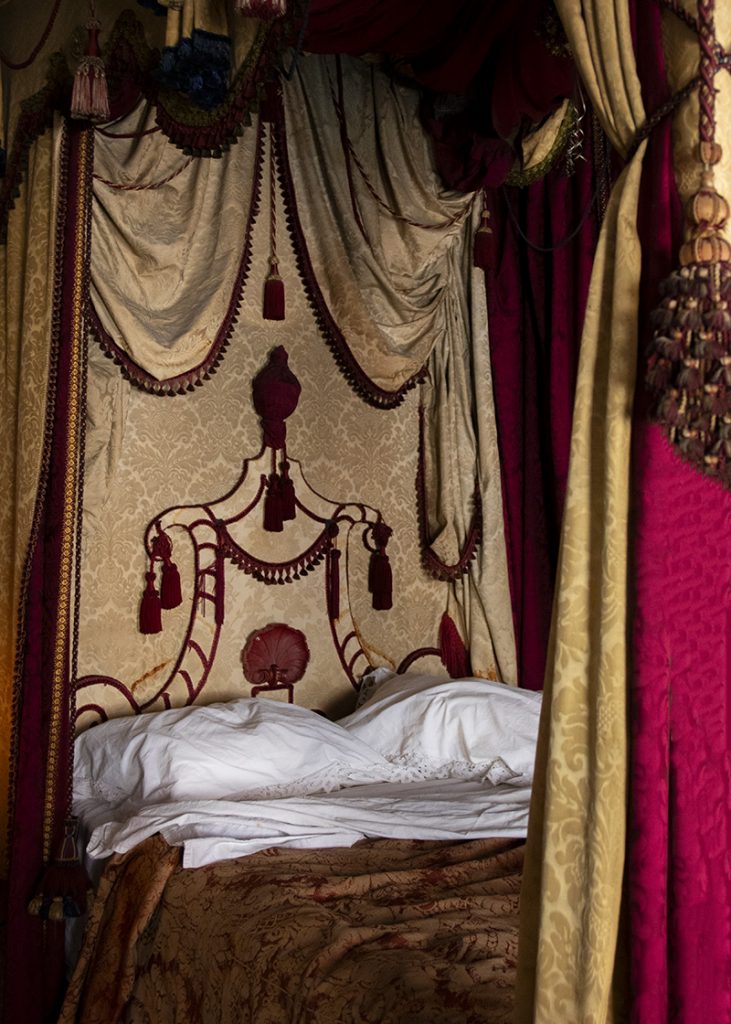

As I wander from one theatrically adorned room to the next, I see remnants “left behind” by these fictionalised weavers. Dusty rolls of woven silks, their tattered paper tags still attached, huddle together against time-worn walls whose battered, papery surfaces echo the building’s function as not just a home, but as a working studio too. How many knocks and scrapes occurred daily by jostling bolts of fabric up and down those creaking wooden stairs?
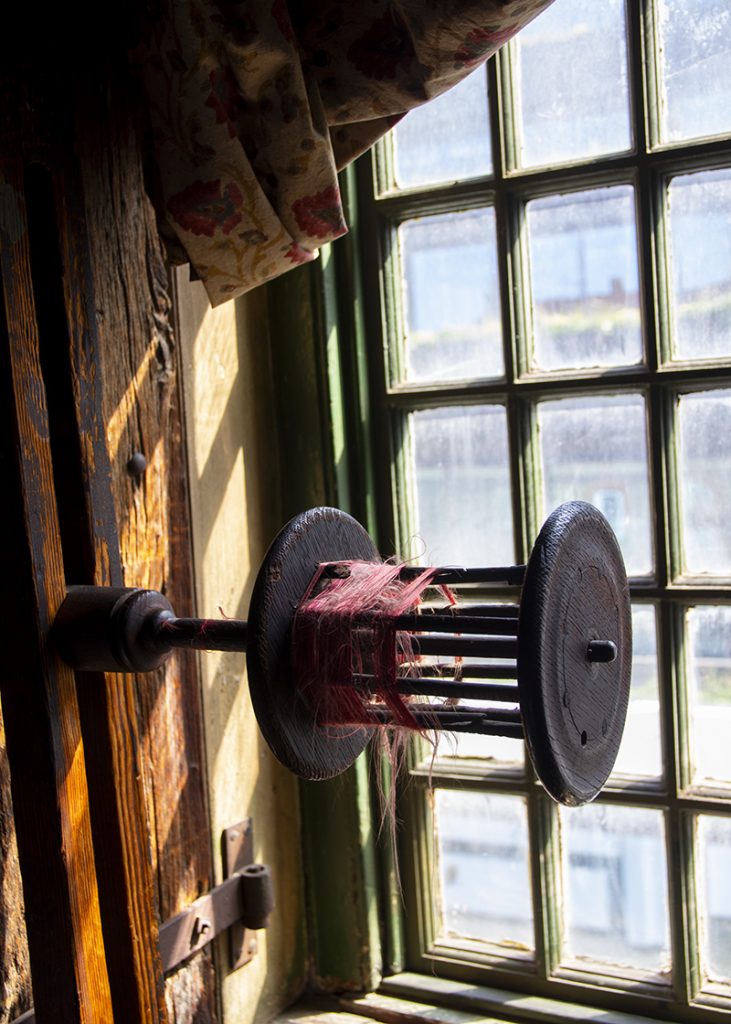

Feeling as though I have encroached upon a recently deserted stage set, I move gingerly throughout the space as the outside world seems to melt away with each new creaky step. Cocooned within these beautifully dilapidated walls, with the scent of candlewax and aging wood eddying through the halls, I feel completely immersed in Dennis Severs’ exceptional world. Flickering candlesticks, the building’s only source of light besides the filtered glare that emanates in through an occasional window, allows a glimpse into what life would have looked like among the shadowy existence of 18th century London life.

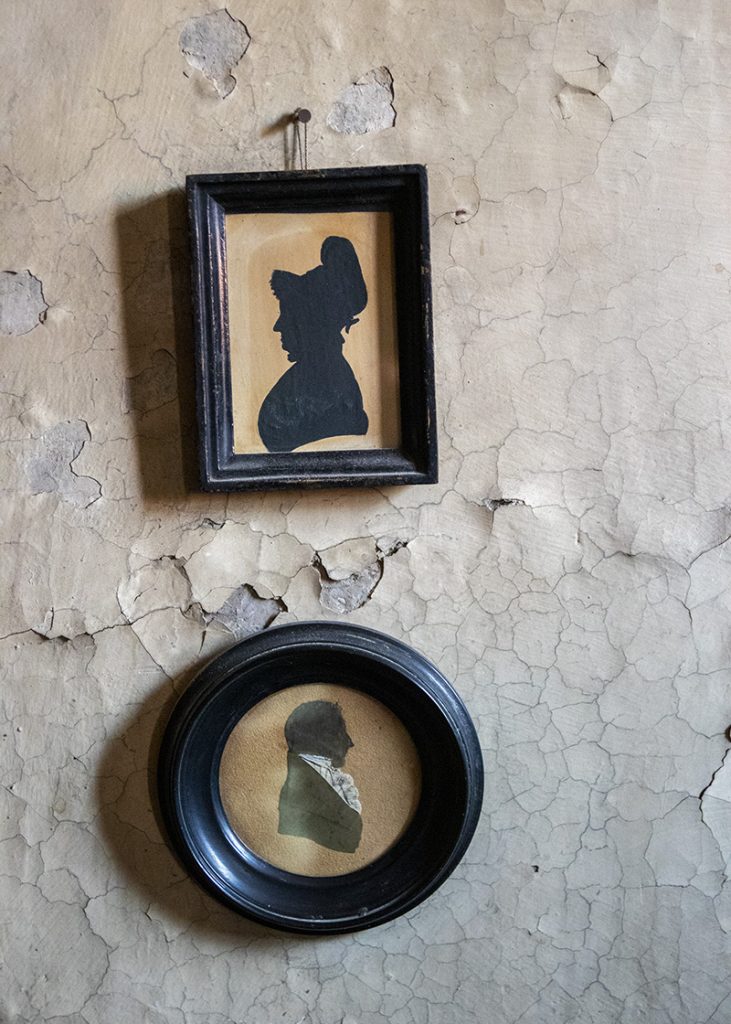
Although created like a monumental still life, the building’s transitory nature recalls the impermanence of life, depicting a family’s fortune from affluent textile merchants to that of a Victorian slum. Severs dedicated his life, up until his death in 1999, to restoring the neglected interiors, sourcing period antiques and collectables fitting with the era and envisioned history of its invented tenants. Their lives, teetering between fiction and reality, are broadcast through a series of vignettes created throughout the space, with each room unveiling a different period within the history of the house.


The conceptualised world that Dennis created is now in the hands of the Spitafields Trust, who purchased the house and its contents on the provisory that it be maintained as a museum and a place for curious visitors, as it has been since its inception more than forty years ago. Since the passing of its enigmatic resident and creator, the house has become a living, breathing entity, tended to by a devoted cadre of caretakers. They are the custodians of a bygone era, weaving magic into the very fabric of the house.
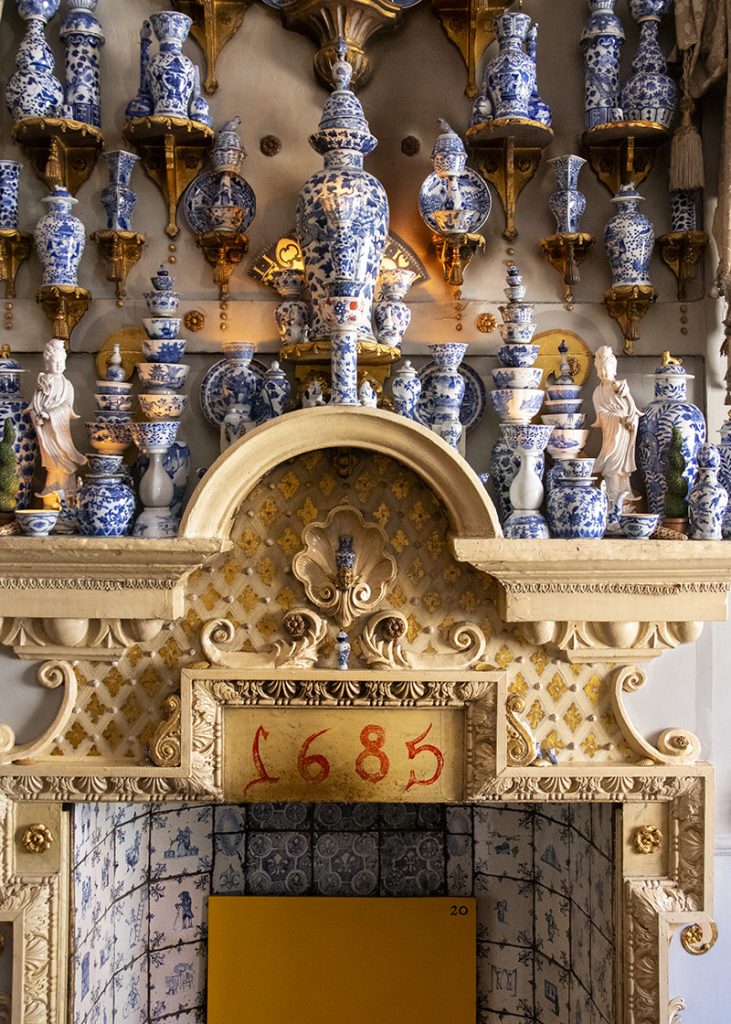
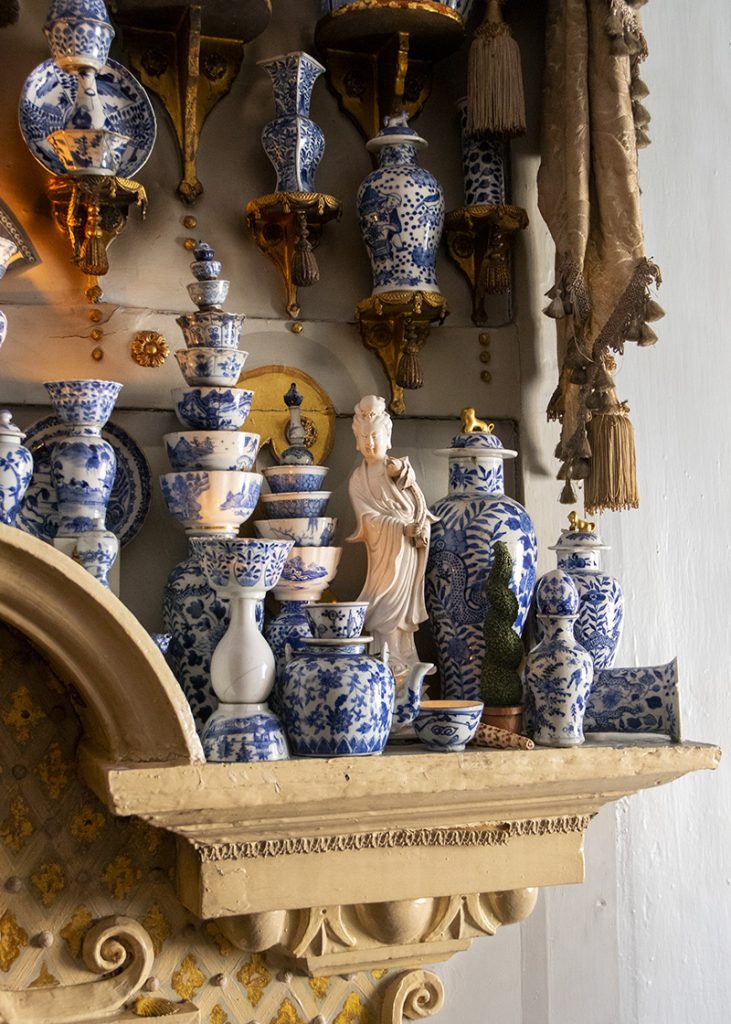
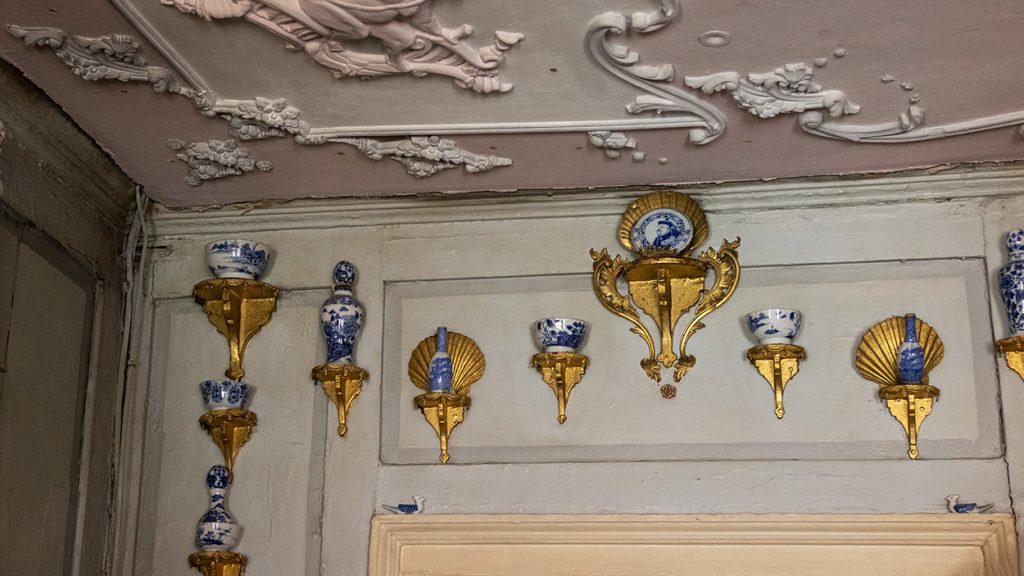
Every day, this devoted team rekindles the past, summoning the scent of spilled pipe tobacco and freshly baked scones, the crackling warmth of fires, the fading beauty of a simple posey of wilted flowers, and the flickering dance of candlelight. Such meticulous efforts transform each moment spent within its hallowed walls into a truly visceral journey through an important era in Spitafields’ history and community.
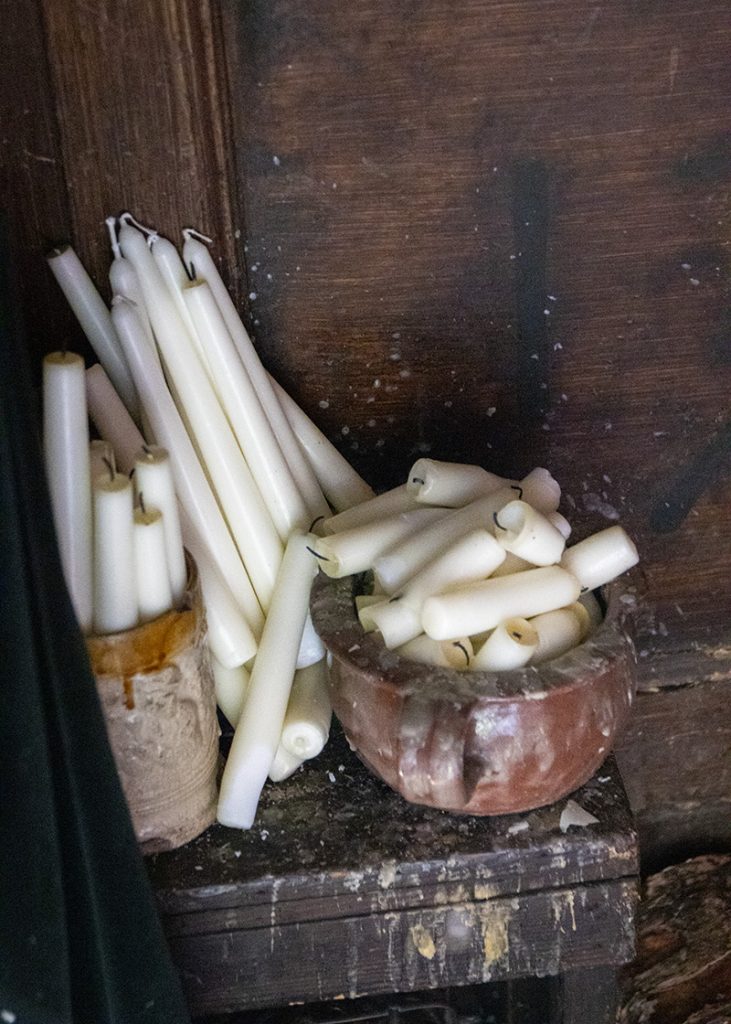

Visitors are transported to a place where the family’s presence lingers just beyond the veil of reality. The soft whispers of their laughter echo in the hallways, and the rustling of silk evening dresses can almost be heard in the drawing room beyond. Yet, the family remains elusive, like ghosts of history that graciously share their home with all who wander within its crumbling walls.
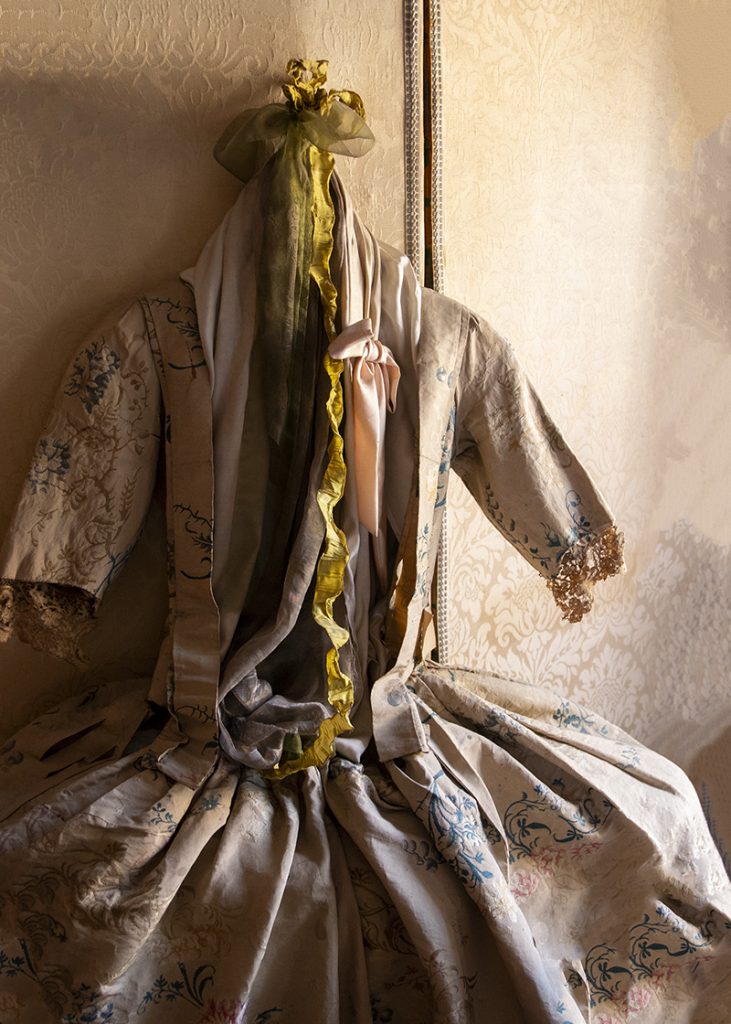

Each room within the house is an ode to a different epoch, an invitation to traverse the labyrinth of time. The objects carefully arranged therein are relics of the family’s past, each holding a hidden story waiting to be uncovered. The house’s motto, “Aut Visum Aut Non” (You Either See it or You Don’t), serves as a cryptic challenge, daring visitors to embark on a quest of discovery, to unravel the secrets woven into the tapestry of the home.
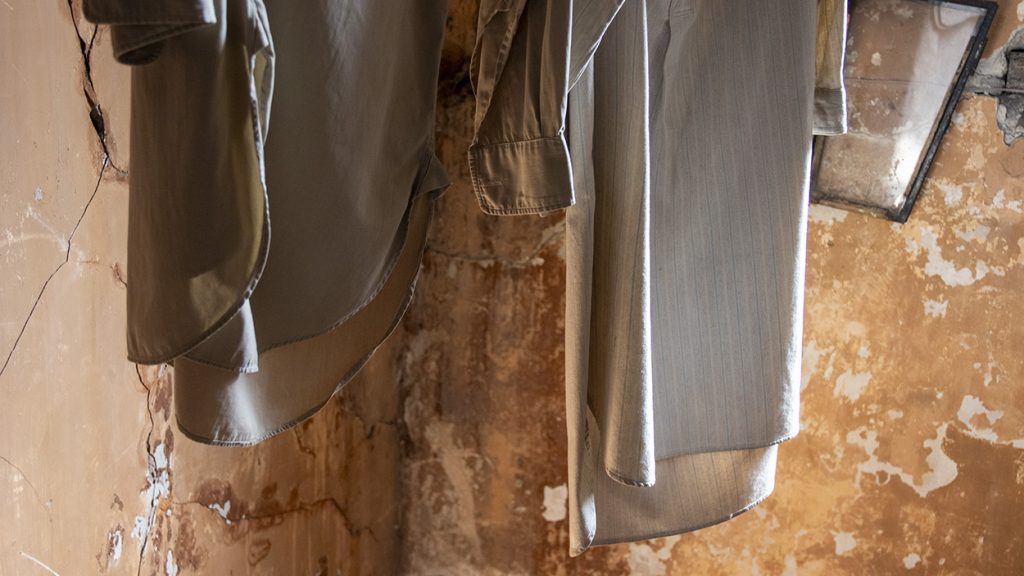


As I journey from the dimly lit cellar, through opulent, yet decaying chambers suspended in time, and up into the attic, I am embarking on an epic narrative, encouraged along the way by Dennis Severs’ illusive guiding hand. It is a tale of Spitalfields, once a thriving beacon of prosperity, now a reflection of Dickensian London’s struggles. The house becomes a living book, pages filled with the joys and sorrows of generations past.
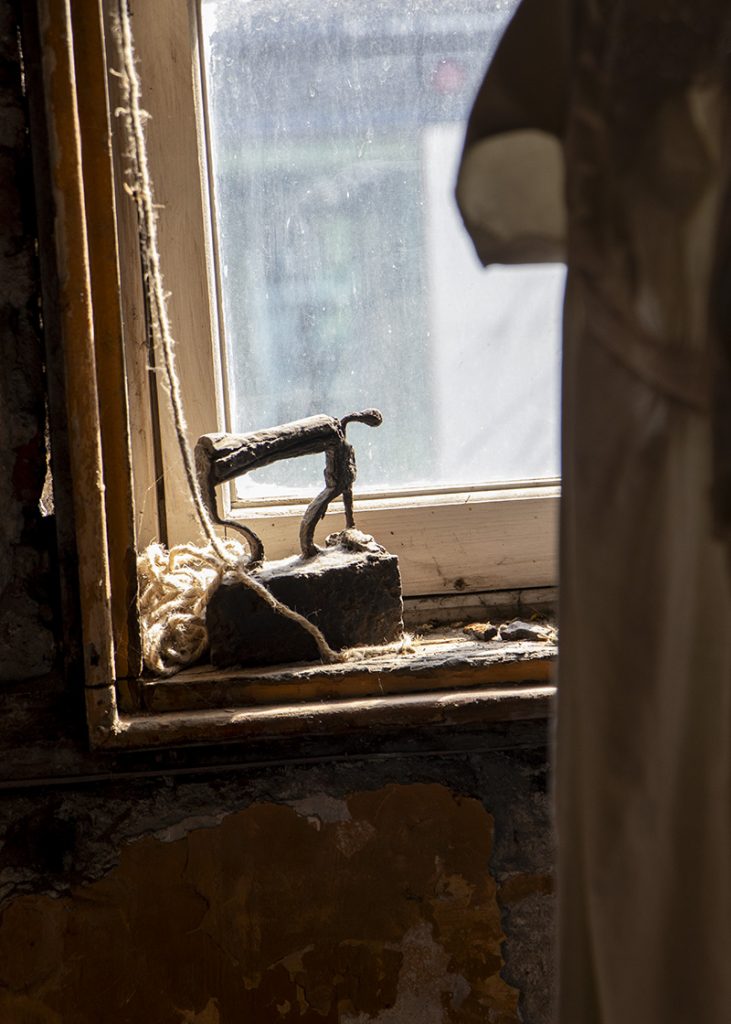


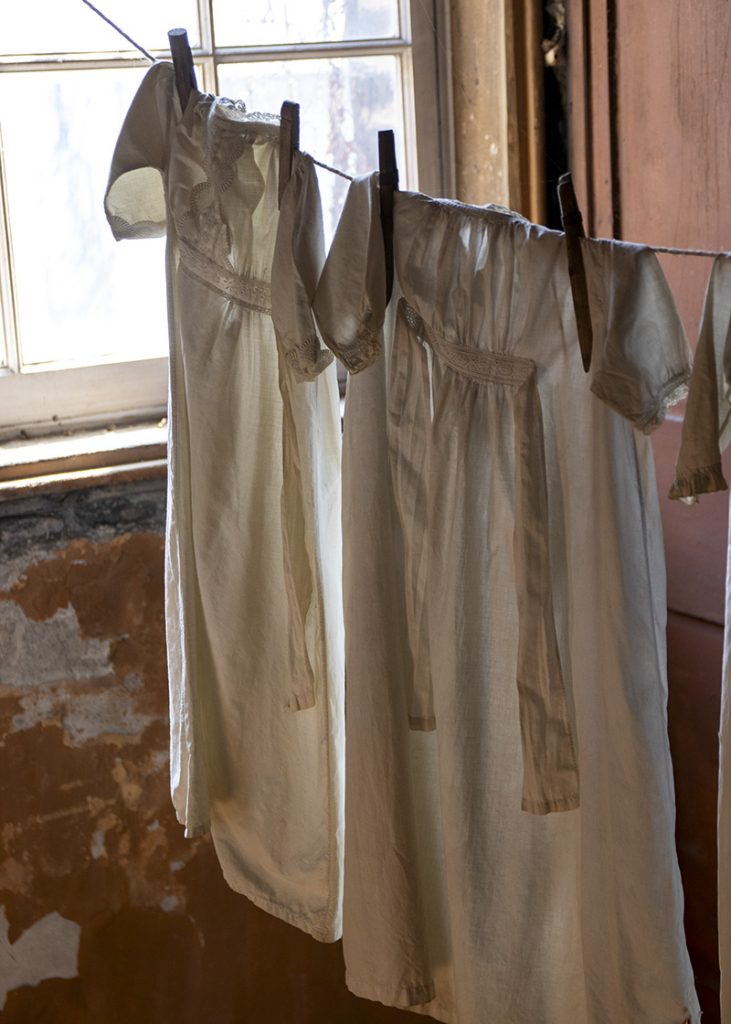
In this enchanted place, history lives, breathes, and beckons. It has invited me to dance with its shadows, decipher its enigmas, and savour the essence of time itself. Here, the past and present intermingle, and the ordinary becomes extraordinary. This is not merely a house; it is a portal to another world, where history is not just seen but lived, and where the line between reality and imagination blurs into a beautiful reflection of bygone days.


During my visit to Dennis Severs’ House I attended Making History: The Ceramic Work of Simon Pettet. Photography is not normally allowed inside the house, yet throughout the course of the exhibition photography was permitted. Naturally I jumped at the chance to visit during this time!
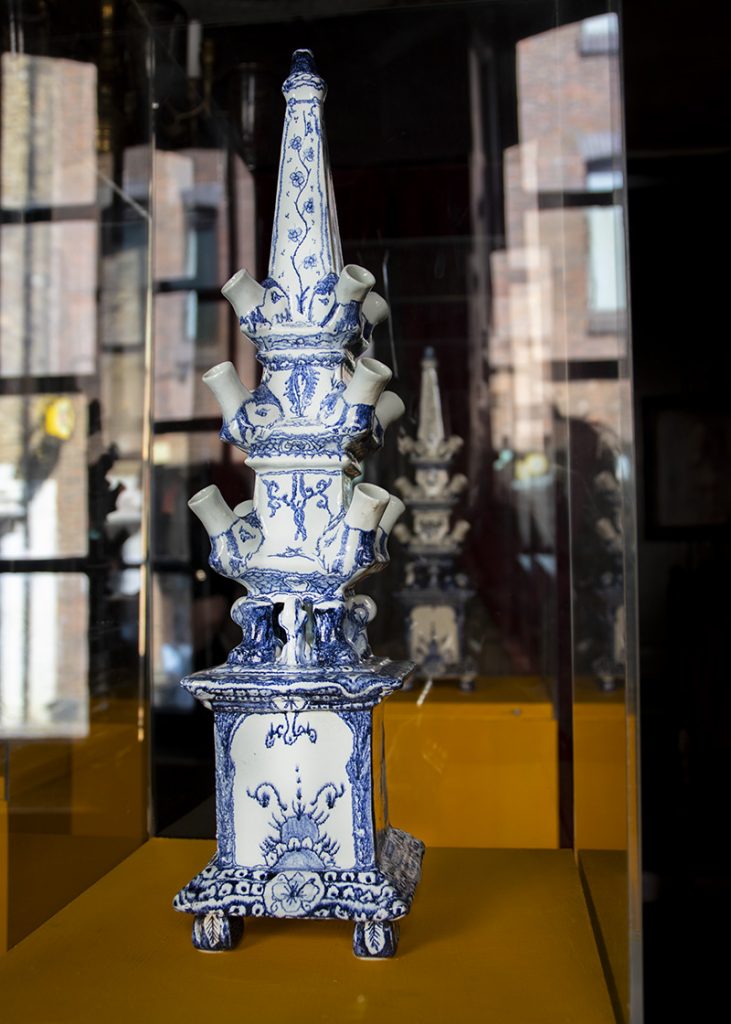

The following is an excerpt from the website with regards to the exhibition:
Simon was a gifted ceramicist who reimagined 17th and 18th-century blue-and-white pottery employing traditional techniques and historical references to create something new. He met Dennis at Heaven nightclub as an 18-year-old art student in 1983 and moved in with him shortly after. Personally and creatively, Dennis and his house opened a world of possibility for Simon.
Curated by Rupert Thomas, former editor of The World of Interiors, the exhibition extends throughout the house and is the largest selection of Simon’s work ever shown publicly.

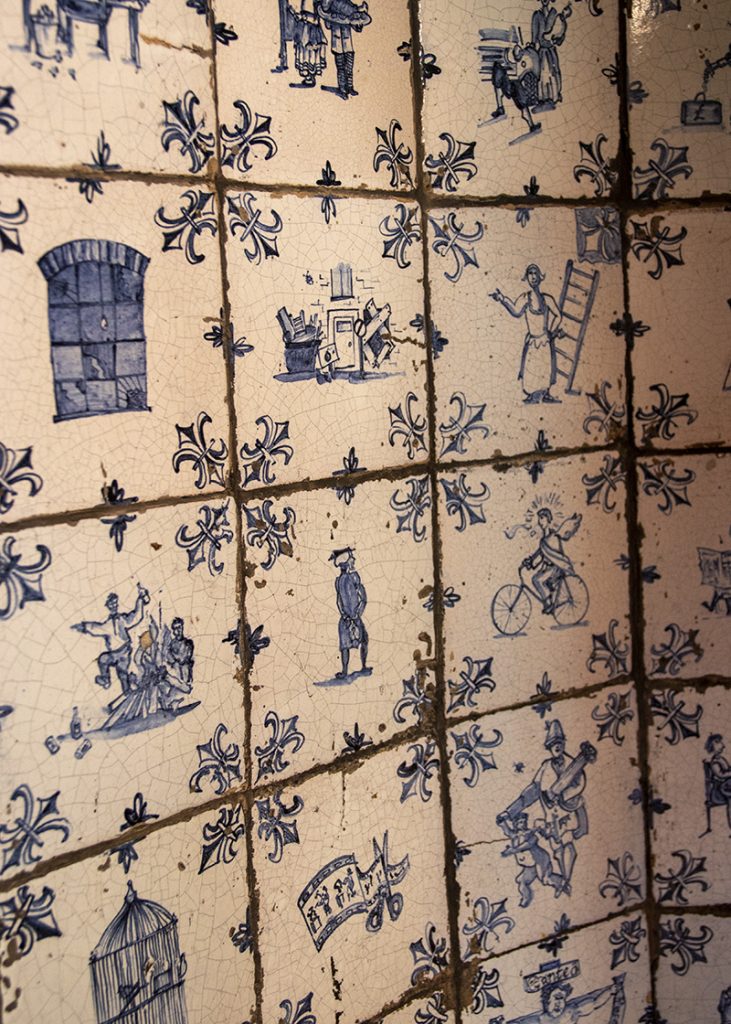
Simon’s work, although heavily technically influenced by the blue and white Delftware of the 16th-18th centuries, was contemporary and humorous in its spirit. His motifs were whimsical and playful, often depicting notable characters from the surrounding neighbourhood.
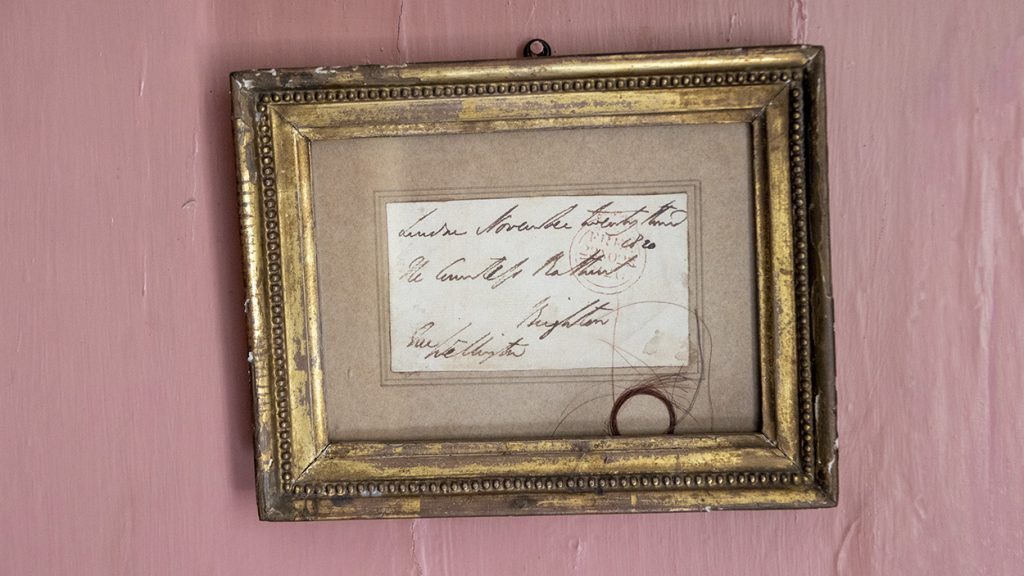
I hope you enjoyed a very special visit to Dennis Severs’ House with The Sunday Londoner. Please do leave a comment below, I’d love to hear from you! Have you ever visited this exceptional place?

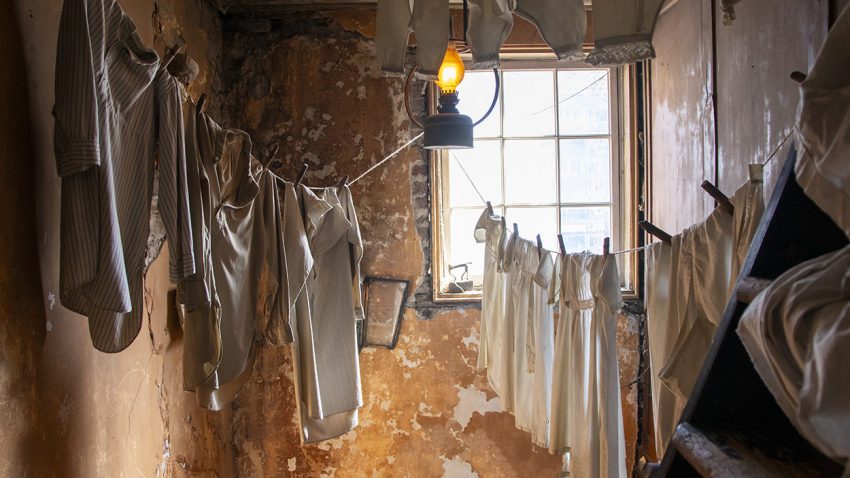
Thanks Rose,
That was a fascinating trip.
Ros
My pleasure Ros, I’m so glad you enjoyed it!
Rose x
Stunning photographs!
Such beautiful light!
What an amazing house! Such a dedicated effort to bring history alive on the part of Dennis Severs. Your writing and photos really do it justice Rose ❤️
I’ll never forget this place! So much attention to detail – what a labour of love!
Rose x
Thank you Rose for taking me on a journey through a fascinating place – I’ve put it on my list of places to visit when I finally get to London! Cheers, Gai
My pleasure Gai, I’m so glad you enjoyed the tour. I hope you make it there, it is such a fascinating place!
Rose x
I had no idea!
I think I have now developed a fascination for photos of curtain/window dressings seen as a still life.
Your fault!
Thanks for the excursion Rose, I now have your curtain photo on my photo to gaze upon 😍
Thanks Pippa! I know, it’s an incredible place. The light was so beautiful, especially through those heavy curtains! I was smitten!
Rose x
Thank you for this fascinating visit into this incredibly delicate capture of history.. beautifully written and photographed Rose!
Thank you Jenny! I’m so glad you enjoyed the visit. It’s incredible how one man dedicated his every waking moment to creating such an amazing place.
Rose x
Thanks Rose! …a delight to look through these gorgeous images and touch into another time and place.